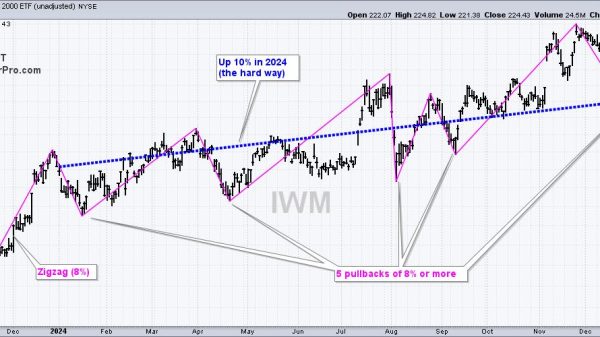Vanessa Brown Calder
Commercial‐to‐residential zoning reforms have become a popular focus of regulatory reform legislation in states, with at least nine introducing legislation in 2023 and a handful passing it. In the last year, commercial‐to‐residential conversion, or “adaptive reuse,” reforms have been enacted in Montana, Rhode Island, Oregon, Florida, and Wisconsin, along with a variety of cities.
The goal of these reforms is to make it easier for developers and property owners to adapt vacant properties to more productive uses. Given that many cities have struggled with excess commercial space and unaffordable housing post pandemic, reforms that allow commercial‐to‐residential conversion make logical sense.
Enacted state reforms range from straightforward directives requiring local governments to allow residential or mixed‐use development on commercially zoned properties to legislation that creates financial incentives for jurisdictions that relax regulation to accommodate conversion projects. These reforms are summarized below.
Although current examples of commercial‐to‐residential conversion legislation are new enough that evidence on outcomes is unavailable, at least one previous reform indicates that allowing commercial‐to‐residential conversions can increase housing supply and help revitalize struggling urban areas.
When the dot‐com bubble burst in the early 2000s—and need for commercial office space plunged—Los Angeles relaxed zoning for older commercial buildings and successfully converted unused commercial to residential space. Following the passage of Los Angeles’s Adaptive Reuse Ordinance, research finds “downtown Los Angeles experienced a renaissance…that allowed the conversion of older commercial buildings without adding parking, resulting in the direct creation of over 12,000 units of housing over 20 years.”
Los Angeles’s reform is more comprehensive than current reforms, which may explain its positive effect on housing supply. For example, the Los Angeles reform applied to buildings designated on the National Register of Historic Places and buildings with a wide variety of commercial and manufacturing uses. The reform provided certainty around parking requirements, exempted adaptive reuse projects from site plan review requirements, and allowed the zoning administrator to waive public hearing requirements if direct neighbors of the project had no objections.
Despite Los Angeles’s success, policymakers should bear in mind that structural limitations will make many commercial spaces unsuitable for residential conversion: recent work suggests that just fifteen percent of commercial district office buildings are suitable for adaptation. As a result, commercial‐to‐residential reforms will likely have small positive impacts, rather than large impacts, on housing supply and should be undertaken along with other reforms.
To maximize results, policymakers should focus on broadly increasing long‐term development flexibility. Designated conversion properties should not be limited to office space but also include hotels, warehousing, retail, entertainment, restaurants, and other uses. Furthermore, vacant and dated properties occur in more than just downtown areas or transit hubs; therefore, reforms should apply across metropolitan areas rather than in narrowly limited areas.
Like other types of zoning reform, commercial‐to‐residential zoning reforms are most likely to be successful when they limit local governments’ tools to block (re-)development. Legislative provisions that limit local governments’ ability to employ parking requirements, height restrictions, lot area requirements, and local review of residential conversion projects to this end increase legislative effectiveness. In this respect, Los Angeles’s reform is a better model than current state reforms.
Big picture, the need for commercial‐to‐residential conversions in the face of changing demands begs the question: why do cities separate commercial and residential uses to begin with? In an alternate universe, cities would not be bound by the dated Euclidean zoning framework of the 20th century, which unnecessarily freezes existing development in place and counterproductively segregates land use across space. In a small way, commercial‐to‐residential space conversions help open the door to a different reality.
























